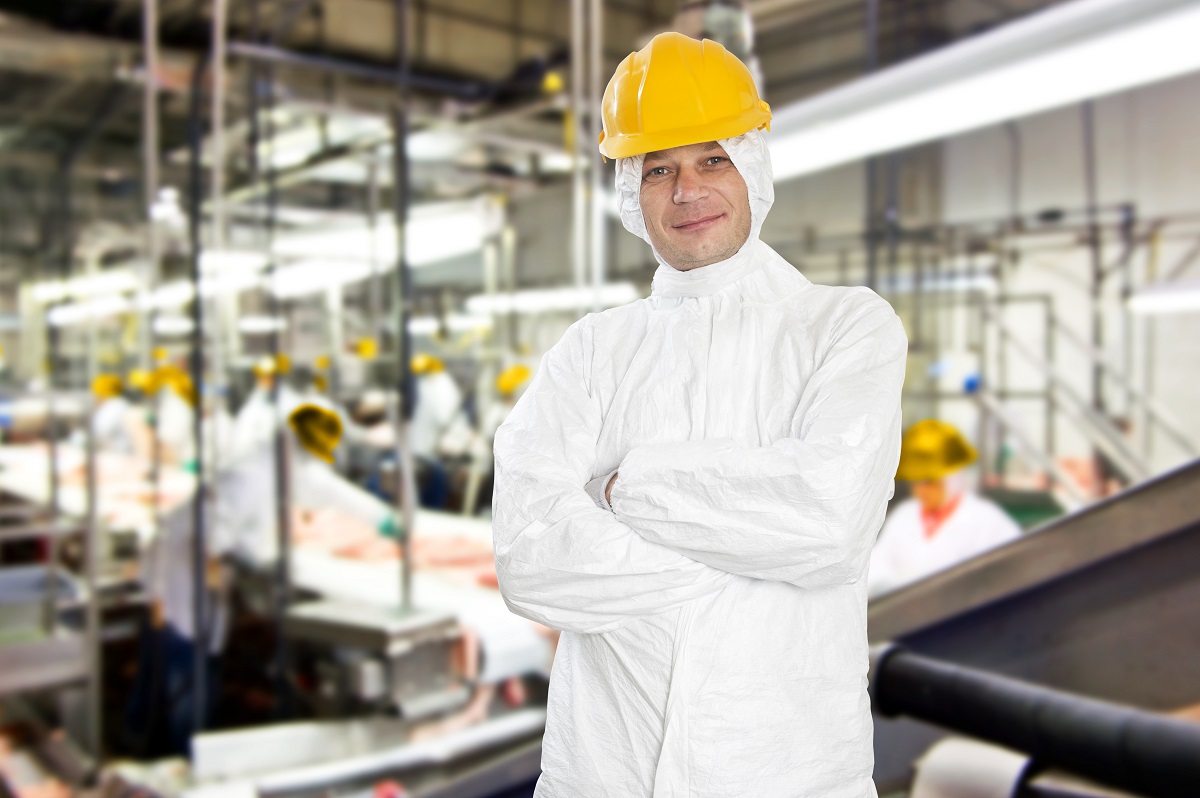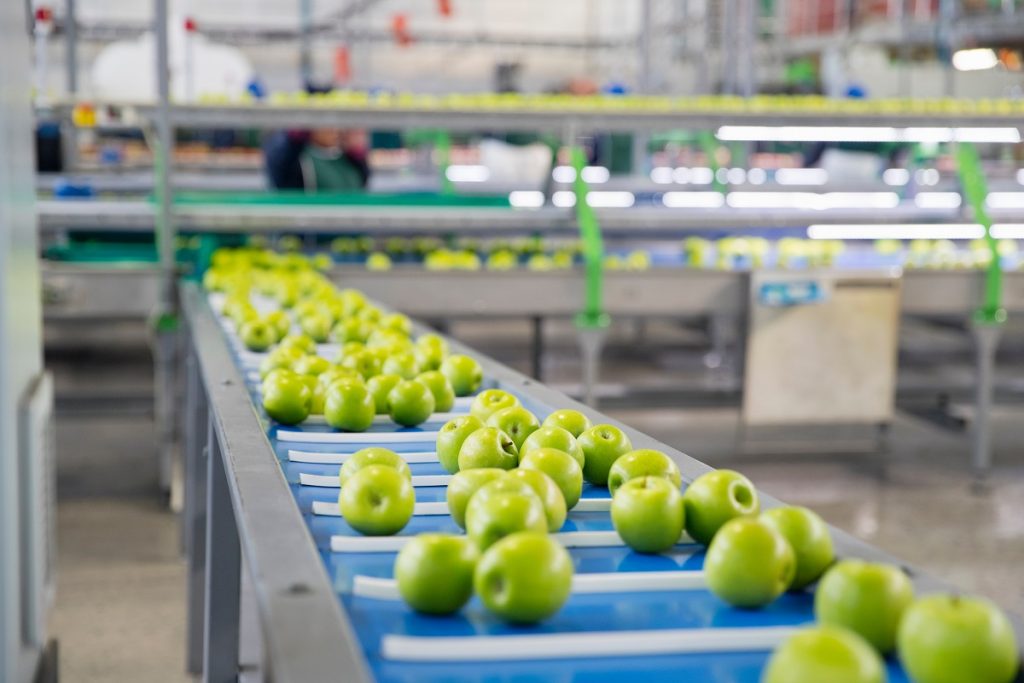- Failure to maintain cleanliness standards in food production leads to severe consequences.
- Proper sanitation protocols involve regular cleaning, handwashing, protective clothing, and temperature control.
- Equipment must be inspected, cleaned, and repaired regularly to prevent contamination.
- Proper packaging helps protect food products from harmful microorganisms, physical damage, and external elements.
- Educating personnel on cleanliness is essential to create a safety culture within the organization.
Keeping food production clean is crucial for various reasons, and failure to maintain cleanliness standards can lead to severe consequences such as foodborne illnesses and economic losses. An estimated 48 million Americans suffer from foodborne diseases every year, leading to 128,000 hospitalizations and 3,000 deaths, according to the Centers for Disease Control and Prevention.
Food production involves various stages – from farming to packaging – that can be vulnerable to contamination by pathogens such as bacteria, viruses, and parasites. Contamination can occur at any stage of the food production process, and once pathogens infect food, they can quickly multiply, leading to foodborne illnesses. In addition, contaminated food products can result in development recalls, leading to substantial economic losses for food production companies.
As a result, you must ensure cleanliness for your food production process. Here are a few tips to consider:
Following Sanitation Protocols

One of the most crucial aspects of maintaining cleanliness in food production is following proper sanitation protocols. The failure to do so can lead to contamination by harmful pathogens, resulting in severe consequences such as foodborne illnesses and recalls. Therefore, educating personnel on the importance of sanitation protocols and ensuring they are correctly implemented throughout food production is essential.
Proper sanitation protocols involve various practices that aim to prevent the spread of pathogens, including keeping facilities and equipment clean, washing hands, wearing protective clothing, and maintaining appropriate storage and temperature conditions. Here are some best practices to consider:
Regular cleaning and disinfection of facilities
Facilities and equipment used in food production must be cleaned and disinfected regularly to prevent the spread of harmful pathogens. This process involves removing visible debris, sanitizing surfaces with appropriate chemicals, and rinsing thoroughly to avoid leftover residue. The frequency of cleaning and disinfection should be determined based on the risk associated with the specific facility.
Proper handwashing
While handwashing may seem simple, it is essential to maintaining cleanliness in food production. Personnel must wash their hands thoroughly and regularly use warm water, soap, and sanitizer. Hands should always be cleaned before and after handling food products and after using the toilet or sneezing/coughing.
Protective clothing
Personnel must wear appropriate clothing, such as gloves, hairnets, and aprons, to prevent contaminants from entering food production. These items must be changed regularly and washed and disinfected before and after use.
Temperature and storage control
Controlling temperature and storage conditions is crucial in preventing foodborne illnesses. This practice involves keeping food products at the correct temperature, storing raw materials separately, and ensuring that perishable items are disposed of appropriately.
Equipment Inspection and Cleaning

To ensure that equipment is free from contaminants, personnel must follow specific procedures for inspecting and cleaning equipment. First, all equipment must be disassembled for thorough cleaning to remove any debris, food particles, and other contaminants. Equipment parts that come into contact with food products, such as blades and choppers, must be scrubbed and sanitized thoroughly.
After cleaning, the equipment must be inspected for any wear and tear that could lead to contamination. This inspection includes checking for cracks, rust, and other irregularities that could compromise the equipment’s integrity. If any defects are identified, the equipment must be repaired or replaced before use.
Some equipment parts might require more replacements than others. Air compressor filters, for one, might need to be changed more frequently. The type and frequency of inspection and cleaning should be determined based on the specific piece of equipment.
Securing Packaging Solutions
Packaging solutions are critical in keeping food production clean and free from contaminants. Proper packaging helps to protect food products from harmful microorganisms, physical damage, and external elements like air and moisture. This reduces the risk of contamination, spoilage, and foodborne illnesses.
The importance of packaging cannot be overstated, as it also contributes significantly to food quality and safety, product shelf life, and the overall consumer experience. For instance, packaging can protect food products from temperature changes during transportation, prevent exposure to harmful chemicals, and inform consumers about the product’s ingredients, nutrition values, and expiration date.
Different packaging solutions are available, but selecting the suitable packaging material and design requires careful consideration. Factors such as the type of food product, packaging requirements, and environmental impact must be considered. For instance, some food products might require airtight packaging, while others require breathable packaging materials to prevent moisture build-up.
Final Thoughts
Keeping food production clean and safe is an essential part of any business. However, it is crucial to remember that maintaining cleanliness standards requires more than just following best practices—it also involves creating a safety culture within your organization by educating personnel on the importance of keeping food production clean. Doing so will help ensure the quality of your food products and reduce risks associated with poor hygiene.



